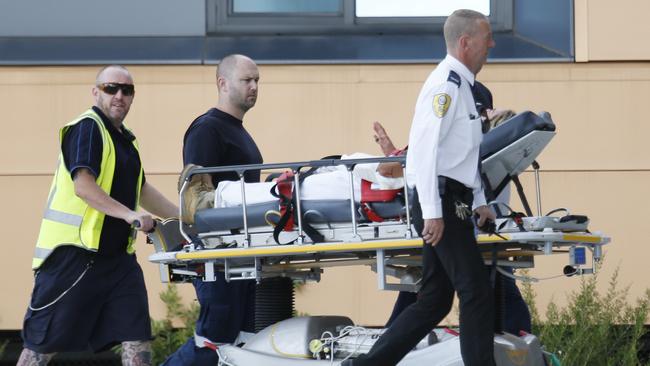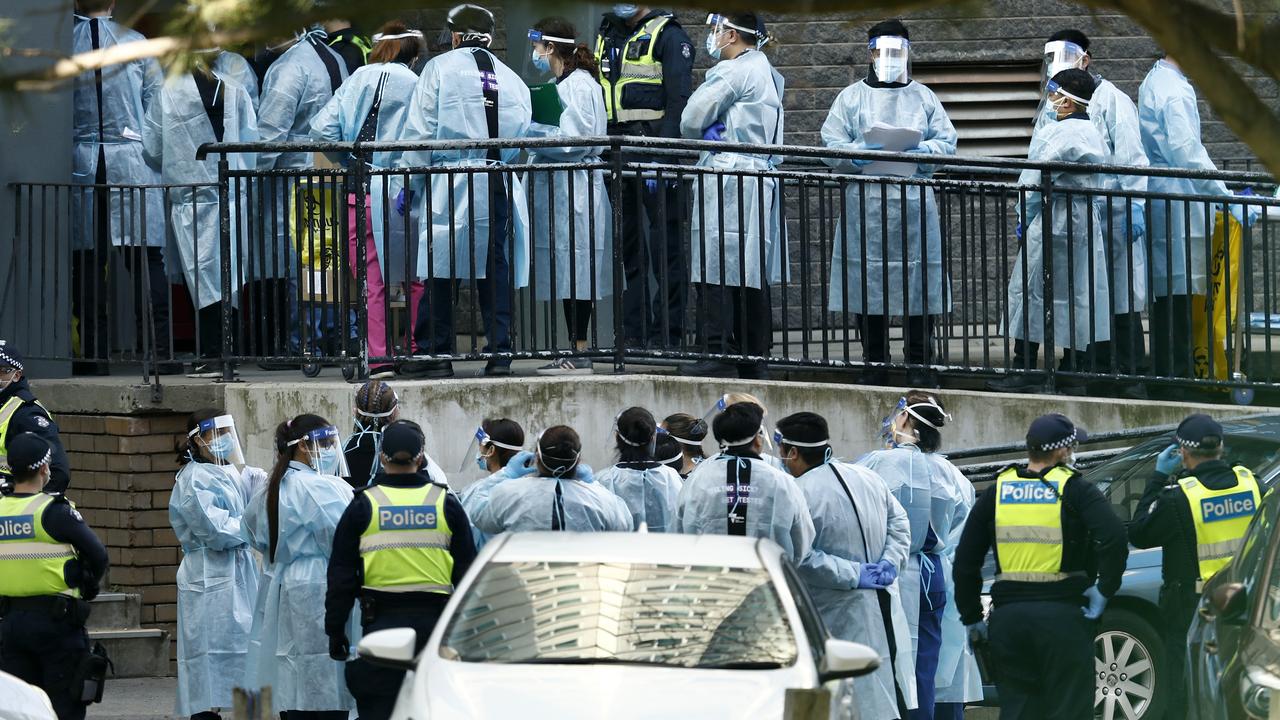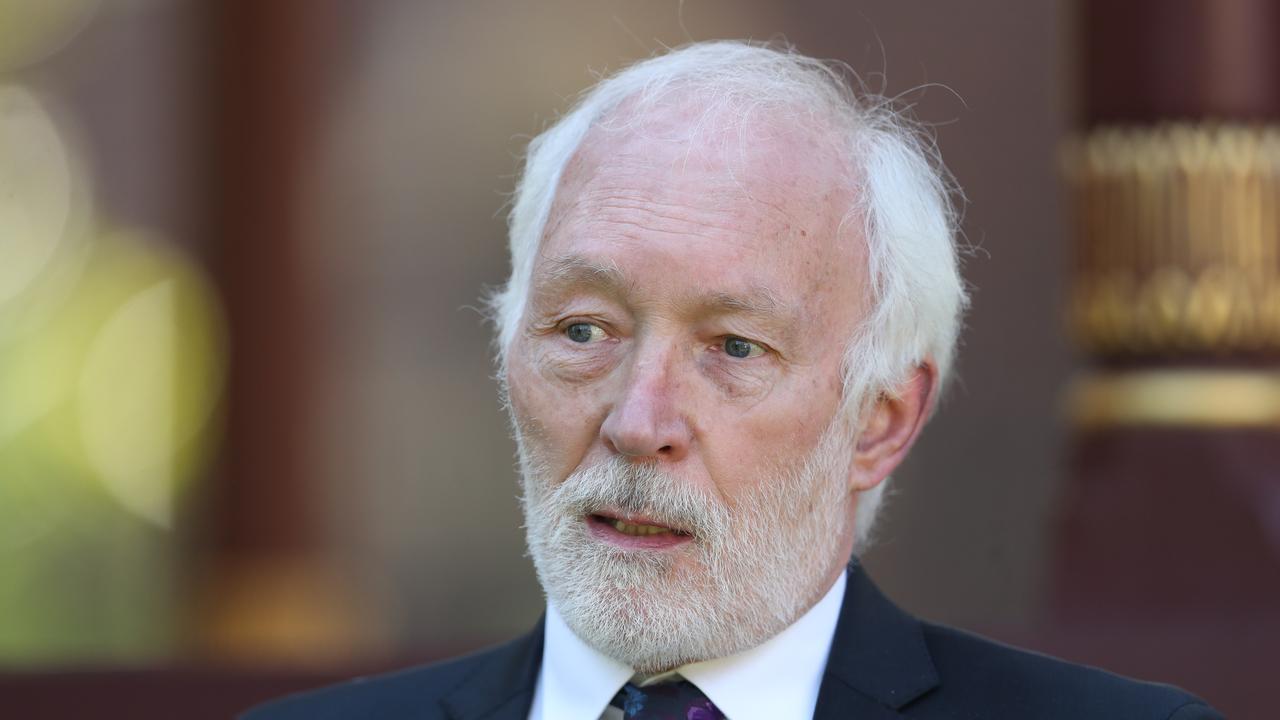Inefficient hospitals a drag on new funding scheme
The most inefficient public hospitals are still being propped up by state and territory governments.

The most inefficient public hospitals are still being propped up by state and territory governments, undermining the six-year-old funding scheme that has otherwise forced administrators to make better use of available resources.
New figures reveal that in the first three years of activity-based funding and a national efficient price, the average cost of delivering care in major public hospitals decreased by 1 per cent after inflation.
Hospital activity increased 6 per cent in the period yet spending increased only 5 per cent, as new benchmarking allowed administrators to compare their performance with their peers.
However, the long-awaited figures also lay bare the significant variation in running costs across jurisdictions. For major metropolitan hospitals, the average cost to treat acute admitted patients was calculated to be $4680 in 2014-15, with the most efficient hospitals deemed to be The Alfred ($3900) and Monash Medical Centre ($4000) in Victoria.
The most inefficient major hospital was Canberra Hospital with a $6000 average cost. While its rate was unchanged over the three-year period — worse than average — the Royal Perth Hospital had an extraordinary 10 per cent increase, to $5900. Third, after Royal Perth, was another West Australian hospital, Sir Charles Gairdner, with $5800, although it was on trend with a 1 per cent improvement over the period.

Queensland’s Princess Alexandra Hospital ranked fourth in the inefficiency stakes, with a 7 per cent increase taking its average cost to $5500. Fifth was the Royal Adelaide Hospital, which had a 2 per cent increase.
Australian Institute of Health and Welfare spokesman Adrian Webster said seven major hospitals reduced their average cost by at least 5 per cent, including Westmead Hospital in NSW (9 per cent), Prince Charles Hospital in Queensland (8 per cent) and Flinders Hospital in South Australia (8 per cent). “On the other hand, four major metropolitan public hospitals increased their average cost of delivering care to acute admitted patients by at least 5 per cent,” Dr Webster said.
The Independent Hospital Pricing Authority pointed to a slowing of growth in unit costs from 4 per cent, before the introduction of activity-based funding in 2012, to just over 1 per cent in recent years.
Australian Healthcare and Hospitals Association chief executive Alison Verhoeven called for better reporting across more measures of performance, saying “the older the data, the more uncertain things become in planning and funding future care”.
State health ministers recently referred a funding dispute to the Council of Australian Governments, with federal counterpart Greg Hunt holding back $609 million after a reconciliation of 2016-17 activity.



To join the conversation, please log in. Don't have an account? Register
Join the conversation, you are commenting as Logout